
Libraries Collections of Knowledge


Libraries Objectives
- Provide examples of primary and secondary sources of information.
- Outline a strategy for locating science information from a variety of resources, including how to cite sources.
- Generate a “bucket list” of experiences and collections for continued science learning that builds on course outcomes.

We rely on science information to make decisions about consumer, citizenry, and health issues. Finding and selecting information is key in researching science and nature topics.
A significant component of researching a science concept is finding out what is already known about a topic. Even with our current information storage and retrieval technologies, information often disappears over time, particularly if it is not published in a science journal.
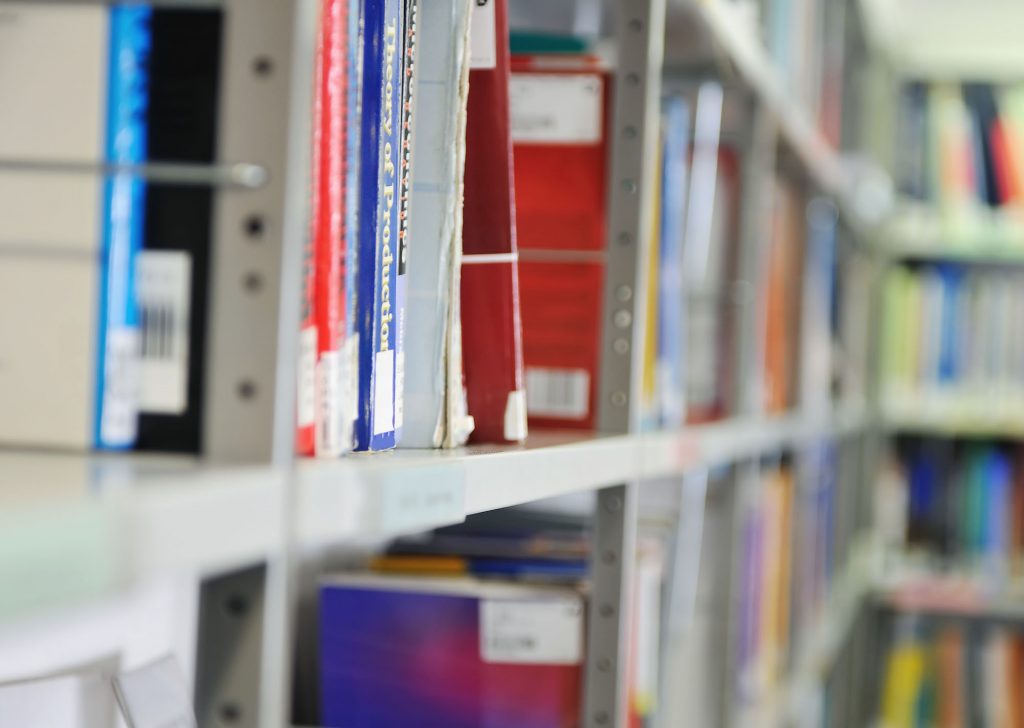

As introduced in the previous module, information is generally categorized as being a primary source (research carried out by the author) or a secondary source (someone writing about other people’s research). Although we typically use secondary sources in everyday learning about a topic, there are times when primary sources are beneficial.
Common sources of science information include:
-
science journals (primary source: peer-reviewed and not)
-
science monographs (primary source: longer papers on a single topic)
-
print & online news resources (secondary source: CNN, BBC, +)
-
print magazines (secondary source: National Geographic, Discover, +)
-
online magazines (secondary source: Science News, Daily Science, +)
-
trade books (primary or secondary sources: pet manuals, field guides +)
-
social media (primary of secondary: blogs, videos, posts)
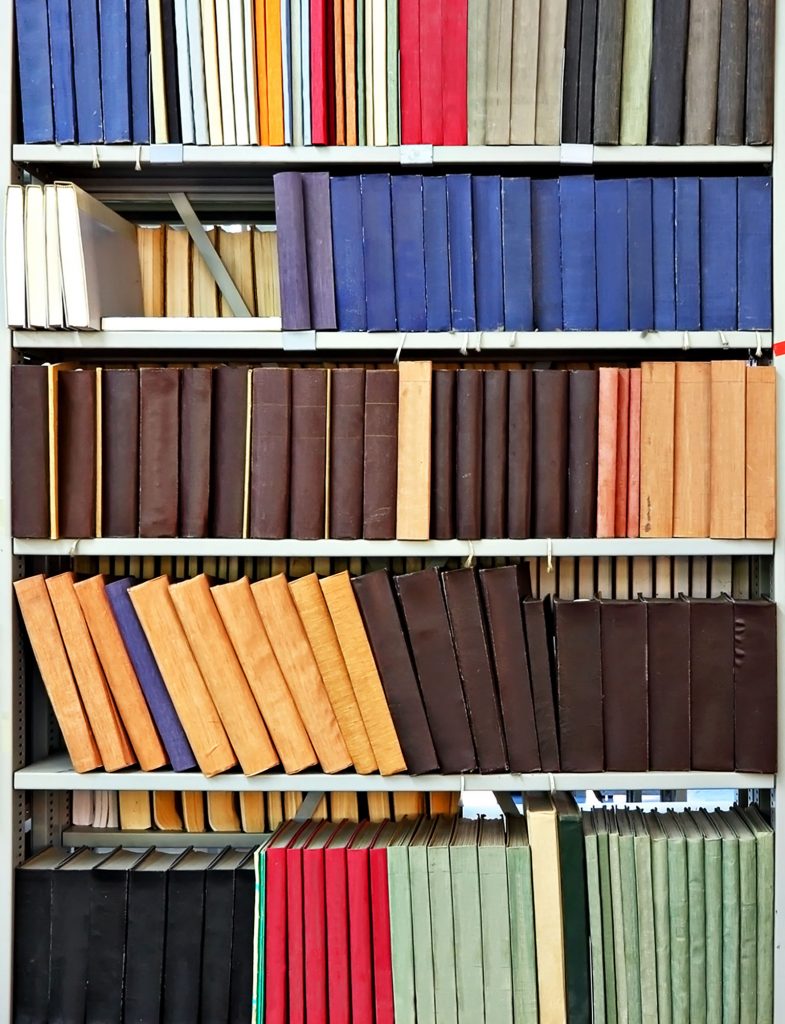
Information Strategy
It may be tempting to find a single source of information and stop there. However, different authors have distinct perspectives, and may offer conflicting information that paints a more accurate picture of the complexity of natural systems. Here is a strategy to collecting sources of information about a new topic.
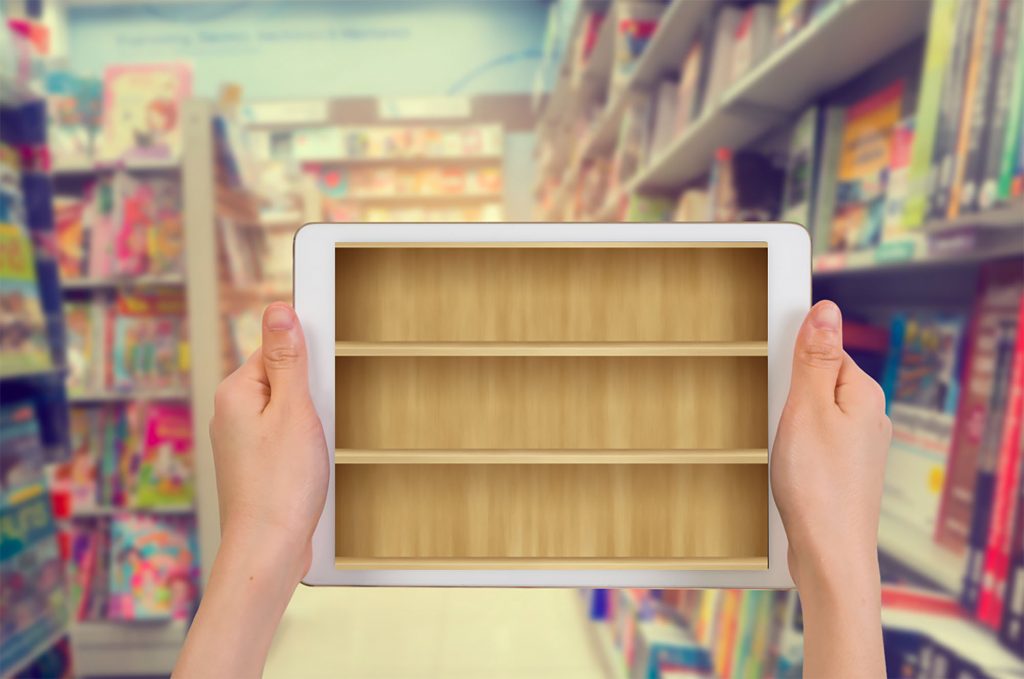
Whenever using information generated by another individual, it is important to cite the source. This includes any work you include in your final portfolio. If it is someone else’s thoughts or products, they need to be acknowledged.
Different fields use different forms of citations. The most important rule it to cite everything. Even if you get the format “wrong,” crediting individuals is always essential.
In this course we are not holding you to a particular citation format, but you do need to provide some form of citation whenever you use someone else’s work.
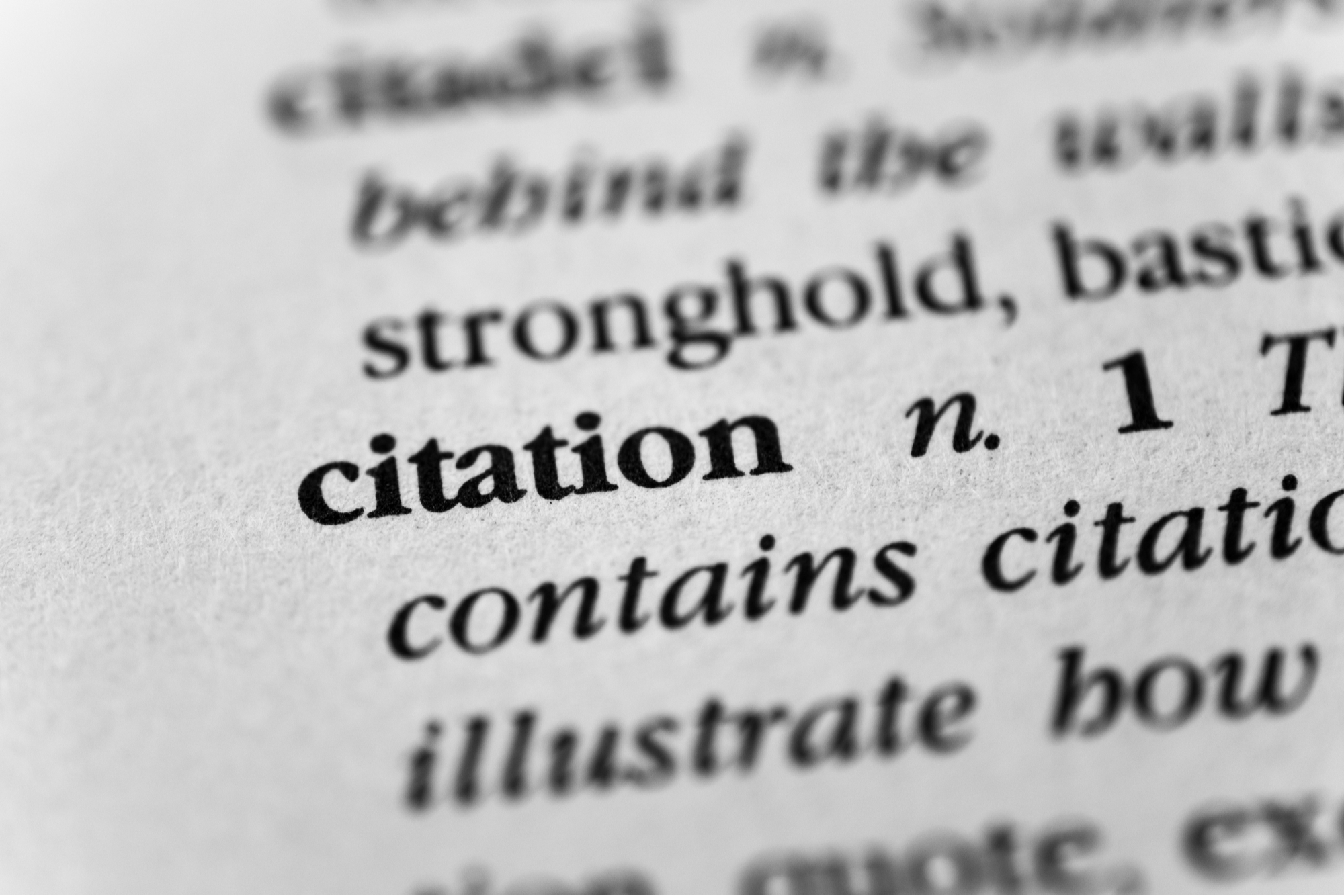
Citing an article from a primary source
Author last name, Author First Initial. Author Second Initial. (Publication Year). Title of article. Title of Journal, volume(issue) (if issue numbered), pages.
Citing an article from a secondary source – print
Author last name, Author First Initial. Author Second Initial. (Publication Year, Month Day). Title of article. Title of Magazine,volume, pages.
Citing an article from a secondary source – web page
Page Author Last Name, Page Author First Initial. Page Author Second Initial. Page title [nature of work – web site, blog, forum posting, etc.]. (Publication Year). Retrieved from (URL)
Start this Guide’s Media Assignment here
Biology Bucket List
A “bucket list” is slang for experiences or achievements you want to have or complete during your lifetime, before you “kick the bucket.” The name may be a bit crude, but it also inspires people to do things while they potentially can. This media piece is assembling your own “biology bucket list.”
Here are the rules: Your biology bucket list will contain:
Two nature learning experiences you have never done, but would love to some day. You can think big. This could be a museum in a city you have always wanted to visit, adventuring to an extreme habitat (maybe aboard SpaceX?), traveling through a country on a train and stopping at different natural and cultural sites, taking a month off of everything to just read old National Geographic magazines, whatever. The only two parameters are that these have to be within the realm of possibility and have something to do with science discovery (exploration, description, and/or explanation).
Two nature collections you would like to build. Once again, you can think big (or extremely small). It could be a collection of “real” objects like sand from beaches around the world, or seeds from every variety of apple you can find and eat. Or it can be a collection of recordings of natural phenomena like photos of as many different clouds as you can find, or sound recordings of rain in different locations. Make it something you would enjoy because it gets you to try new things, makes you happy, or makes a difference in some other way. The only parameters here is that the collection relates to nature and is within the realm of possibility.
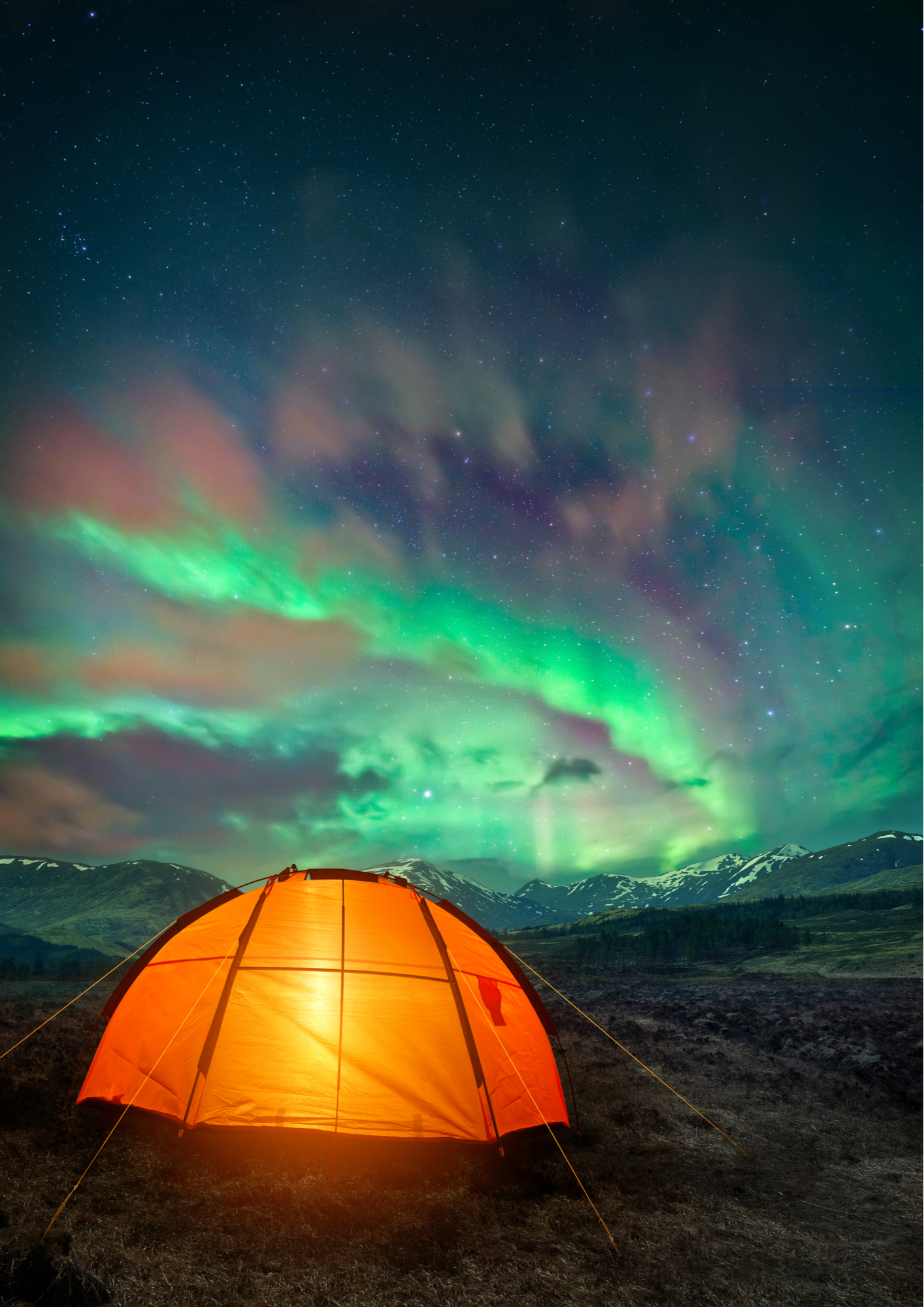
You are turning in a biology bucket list that includes: two nature learning experiences, two nature collections, and an explanation for why you have chosen each. Write your explanation of each choice with enough detail that you can look back at these someday in the future and remember why you wanted to do them in the first place.
This could be a good entry in your final portfolio so you can look back in the future and see what you have completed on your list.
You have probably picked up from both of Module 9’s media pieces (long-term habitat study & biology bucket list) that a key point of this course is to see ways to use biology into the future. Both of these assignments could be excellent additions to the final portfolio.
This is the end of Guide 9B. Please proceed to the product page.

Check your knowledge. Can you:
- provide examples of primary and secondary sources of information?
- outline a strategy for locating science information from a variety of resources, including how to cite sources?
- generate a “bucket list” of experiences and collections for continued science learning that builds on course outcomes?



